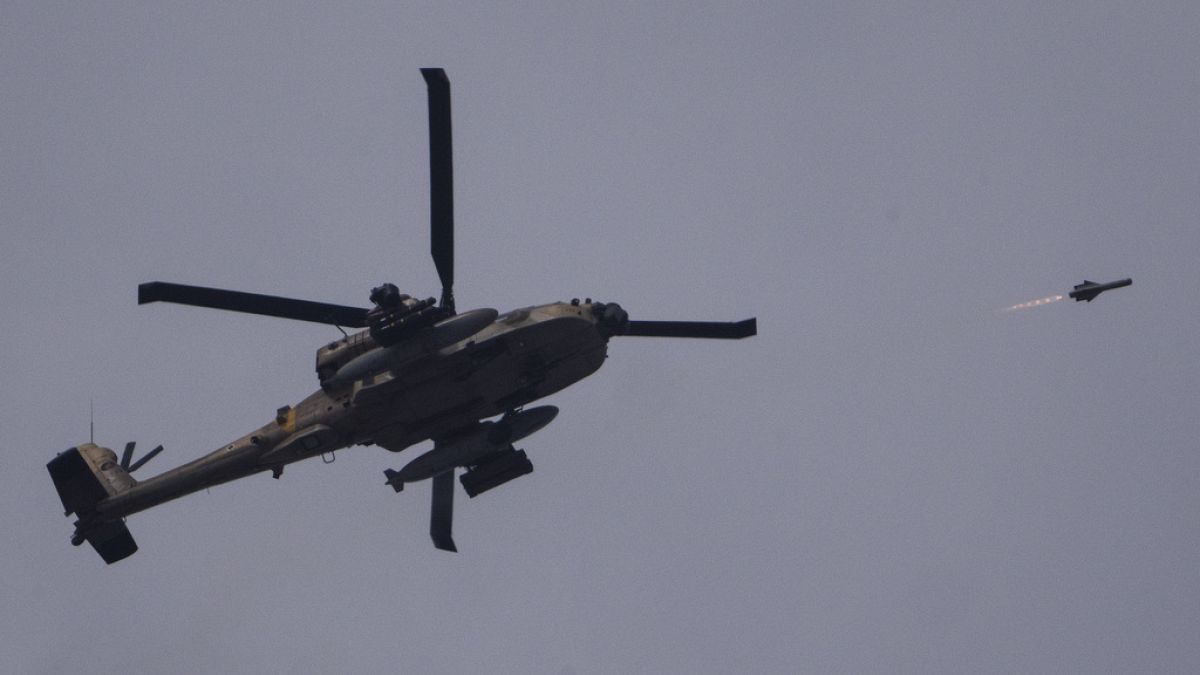On Sunday night, a series of Israeli strikes hit various areas in Syria’s Hama province, resulting in more than a dozen deaths and scores of injuries. The initial death count reported was four, but this number has since risen. According to the Syrian state news agency SANA, at least 16 people have been killed and 43 wounded as a result of the strikes. The strikes damaged a highway and caused fires in the region, leading to chaos and destruction.
The strikes targeted several locations in Hama province, including a scientific research center in Maysaf. Additionally, other sites where Iranian militias and experts were stationed to develop weapons in Syria were also hit. The Syrian Observatory for Human Rights reported that at least four of those killed were civilians, highlighting the devastating impact on innocent lives. Furthermore, there were reports of strikes near the coastal city of Tartous, adding to the widespread destruction caused by the Israeli attacks.
Israel has been conducting numerous strikes on targets in government-controlled areas of Syria in recent years, with a focus on Syrian forces and Iranian-backed groups operating in the country. Despite these operations, Israel rarely acknowledges or discusses its involvement in such strikes. The Israeli military has not provided any immediate comment on the recent attacks in Hama province, maintaining a level of secrecy around its military actions in the region.
The motivation behind Israel’s strikes in Syria is largely centered around preventing Iranian entrenchment in the country. Syria serves as a critical route for Iran to supply weapons to the Lebanese militant group Hezbollah. Given Hezbollah’s history of conflict with Israel, particularly in the context of Israel’s ongoing battles with Hamas in Gaza, Israel views Iranian presence in Syria as a significant threat to its security. As a result, Israel has made it a priority to disrupt and prevent Iran’s activities in Syria, leading to a series of targeted strikes in the region.
The ongoing clashes between Hezbollah and Israeli forces, coupled with Israel’s conflict with Hamas, have intensified tensions in the region. The complex web of alliances and rivalries between various groups in Syria has further complicated the situation, with multiple parties vying for control and influence. The recent strikes in Hama province underscore the volatile nature of the conflict and the challenges faced by both Syria and its neighboring countries in maintaining stability and security.
As the death toll continues to rise and the number of wounded individuals increases, the need for a peaceful resolution to the conflict becomes more urgent. The international community plays a crucial role in facilitating dialogue and negotiations between the warring parties, with a focus on de-escalating tensions and preventing further violence. Ultimately, a lasting peace in the region requires a comprehensive approach that addresses the root causes of the conflict and promotes stability for all stakeholders involved.











